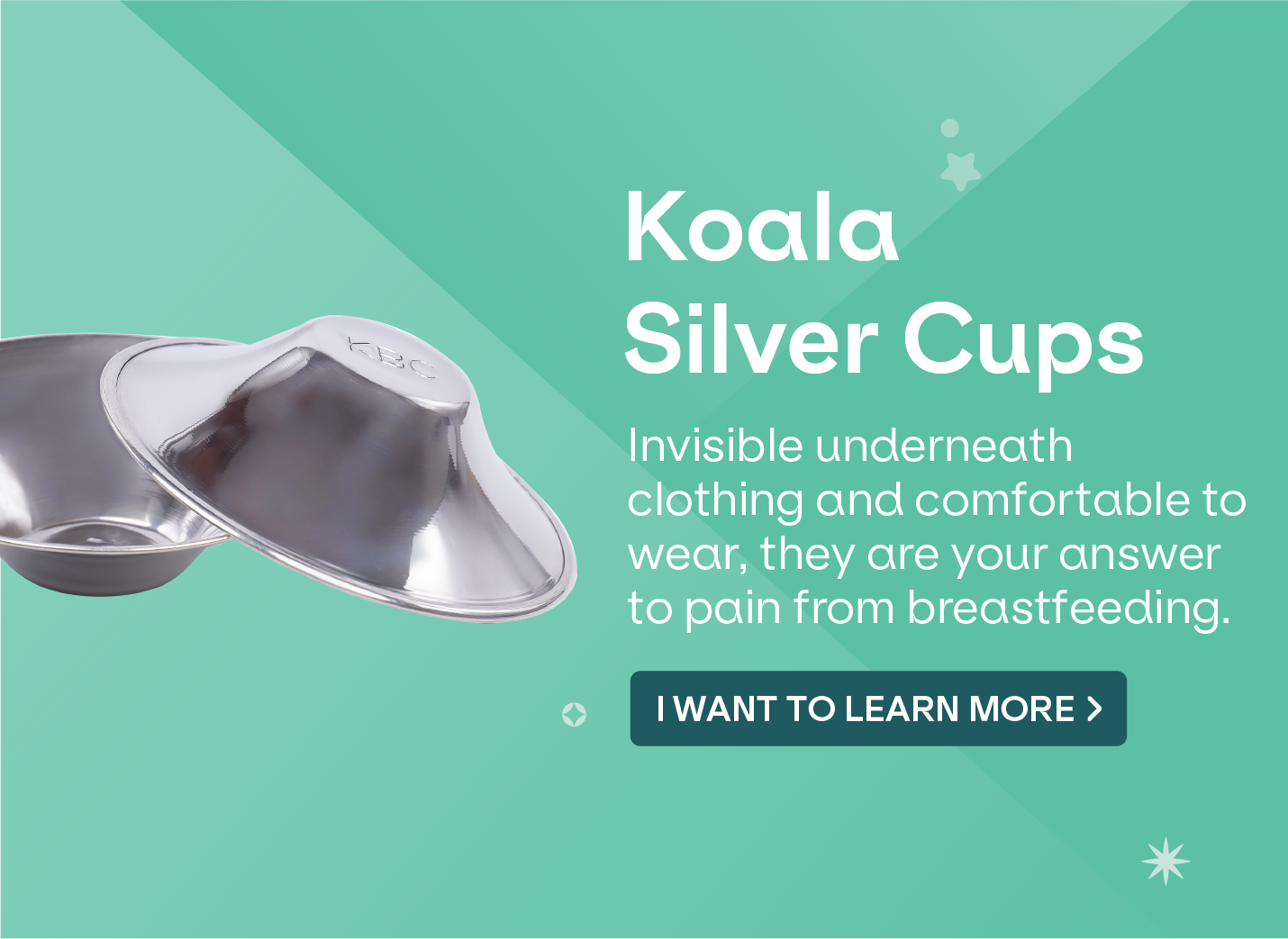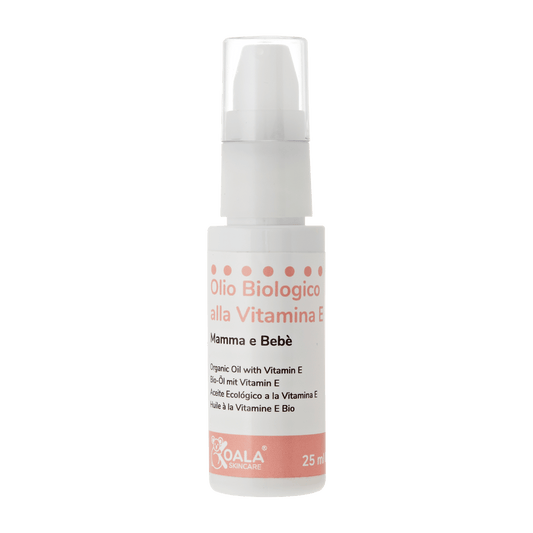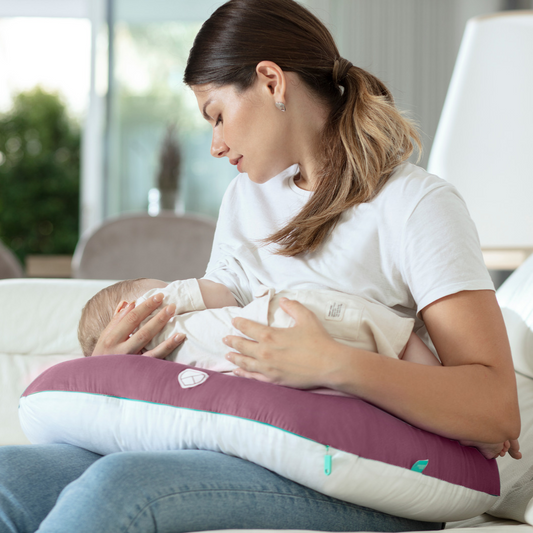A nipple shield is an accessory, usually made of silicone, that attaches to a mum’s nipple to facilitate breastfeeding when required under special circumstances. Which ones? Are they good for sore cracked nipples? And how do you use them? Read on.
What is a nipple shield for breastfeeding?
Nipple shields attach to your areola and nipple whilst breastfeeding and simulate the shape to make nursing as natural as possible. They help with a baby’s latch and, thus, aid sensory stimulation of your breast, which is the basis of milk production.
The risk is that once a baby becomes used to using nipple shield, it’s not that easy to stop (although it’s not impossible). We’ll take a look at how to do this later.
Silicone nipple shields: do I really need them?
In some cases, nipple shields can help support breastfeeding during those first few days. For example, in the presence of a flat or inverted nipple, which makes nursing your baby difficult. Or for facilitating the transition to the breast of an infant from intensive care and who has been bottle-fed until now.
However, before deciding whether to use them, you should consult a healthcare professional who can provide you with all the necessary information and can evaluate whether they are recommended in your specific case or not.
The risk is that they may be seen as a quick fix for resolving many breastfeeding issues, however, using nipple shields should only be done after careful consideration as they do have some drawbacks.
Chiara Losa, paediatric nurse and IBCLC lactation consultant, emphasises that “the use of nipple shields should be a last resort after trying other different options and should, in any case, only be a temporary solution”.*
What are the disadvantages?
A baby who becomes used to using nipple shields may not latch on properly, they only learn how to latch onto a silicone teat and struggle to attach to your areola correctly. This increases the possibility of developing sore cracked nipples, engorgement, mastitis or even the formation of abscesses.
How to apply nipple shield
How do nipple shields work? To apply a nipple shield made from silicone, pull out the sides and push the central part outwards, turning it almost inside out. Then place the central part on your nipple and release the sides, it should adhere well to your breast, forming a vacuum effect.
To help them adhere, you can moisten them with warm water before applying nipple shield.
How do you know the nipple shields have been put on properly?
They should stick well during a feed, without you needing to hold them in place with your hands. Also ensure you have the correct size, there are various nipple shields sizes available.
How do I remove a nipple shield?
Simply lift off to undo the vacuum effect, if possible by pressing in the middle or pulling out the sides.
How to sterilise nipple shields
To disinfect your nipple shields, we advise you to follow the manufacturer's guidance in the instruction booklet.
You should ensure you sterilise them before using for the first time and wash them at least once a day with warm water and mild soap.
Silicone nipple shields can also be washed in the dishwasher, but it is best to avoid washing them with very greasy pans.
Some types of nipple shields come with a special hygienic case which can be used for sterilising in the microwave.
What are silver nipple shields used for?
Silver nipple shields such as Koala Silver Cups help prevent and treat sore cracked nipples (nipple fissures) and protect nipples against breastfeeding pain.
They are not used during a feed, rather in-between feeds. Simply wear between your nipple and bra and remove them just before nursing your baby. They are completely odourless and tasteless and contain no nickel.
Their anatomical design makes them extremely comfortable to wear and they are invisible underneath clothing. That's why you can wear them whenever you want, both at home and when out and about, and feel fully at ease.
They are an absolute newborn essential for all new mums as they keep discomfort at bay and also act as an antibacterial, healing and disinfectant agent.
How to wean baby from a nipple shield
Although nipple shields try to simulate breastfeeding, they are placed between the mum’s areola and the baby's mouth and the sucking movement is not exactly the same.
Once a baby becomes used to them, you may struggle to go back. Here are some tips to help you:
- Don't get discouraged at the first attempt. If your baby refuses to latch onto your own nipple, try again next time.
- Start a feed using nipple shields and then remove them when your baby takes a little break.
- Try as soon as your baby wakes up or during night feeds, these are times when your baby is less alert and will pay less attention.
- Try as much skin-to-skin contact with your baby as possible, including using a baby carrier.
If you are looking for a remedy for sore cracked nipples (or nipple fissures), you don’t need silicone nipple shields but Koala Silver Cups.
It’s true that nipple shields may help make breastfeeding less painful if you are suffering from sore cracked nipples for the simple fact that they are in-between your nipple and sucking, but they also may make the situation worse. In addition, they don’t offer any healing action.











